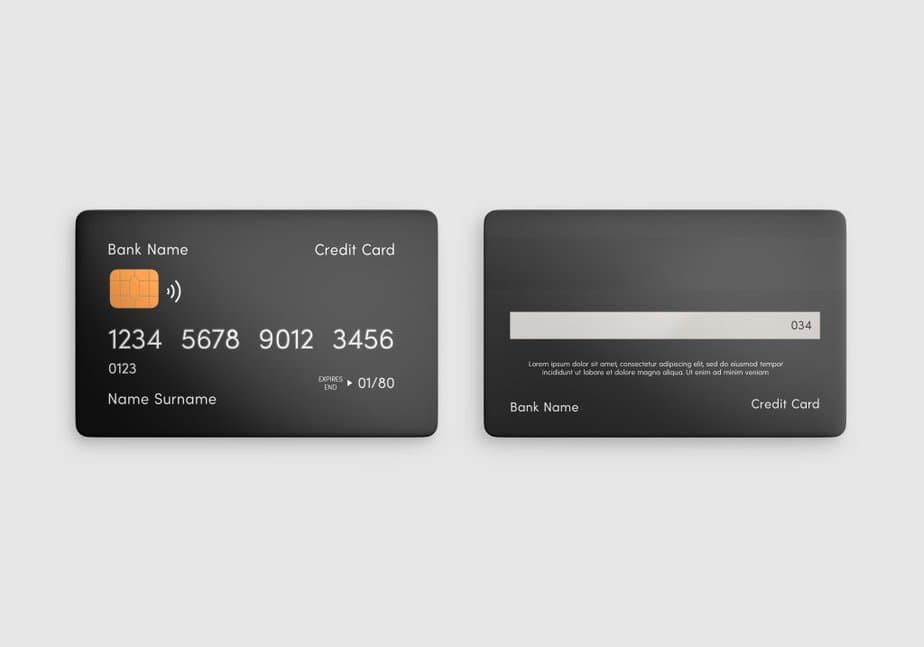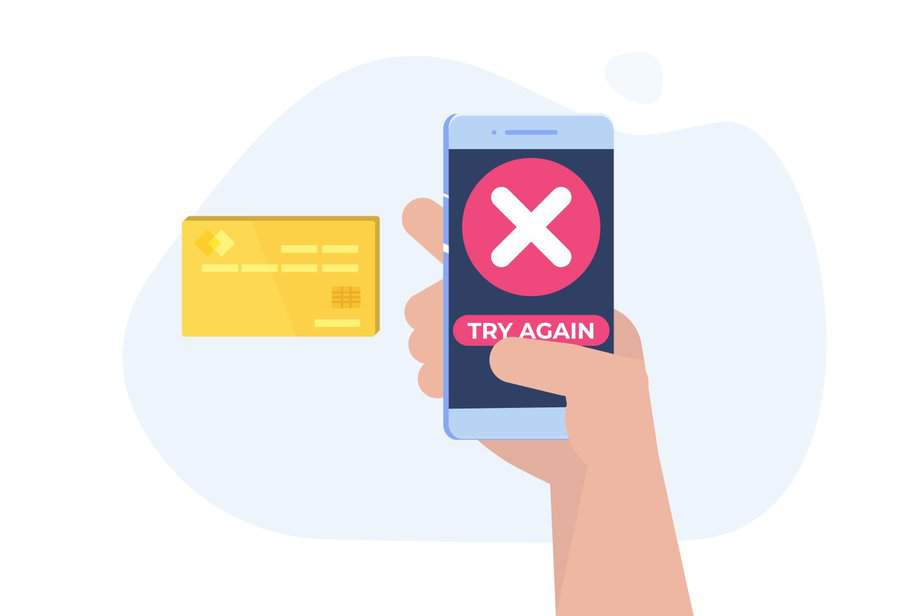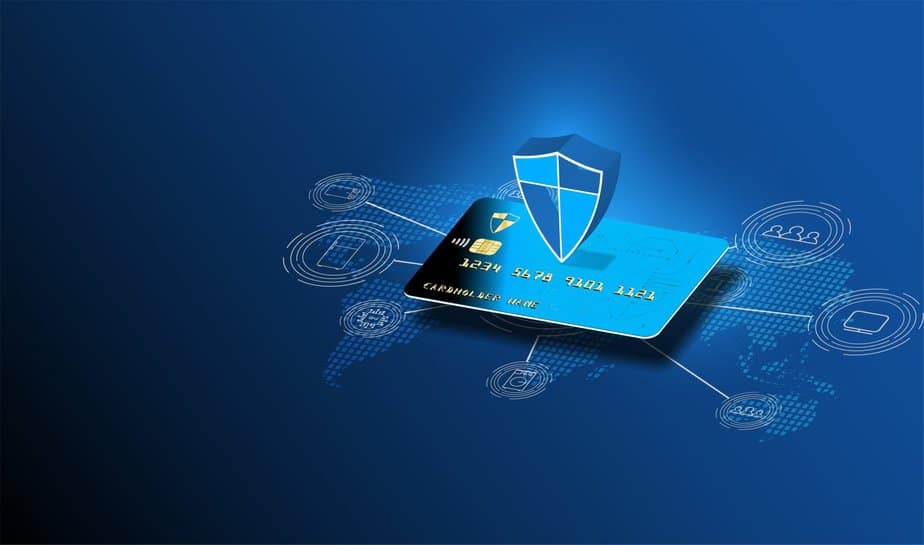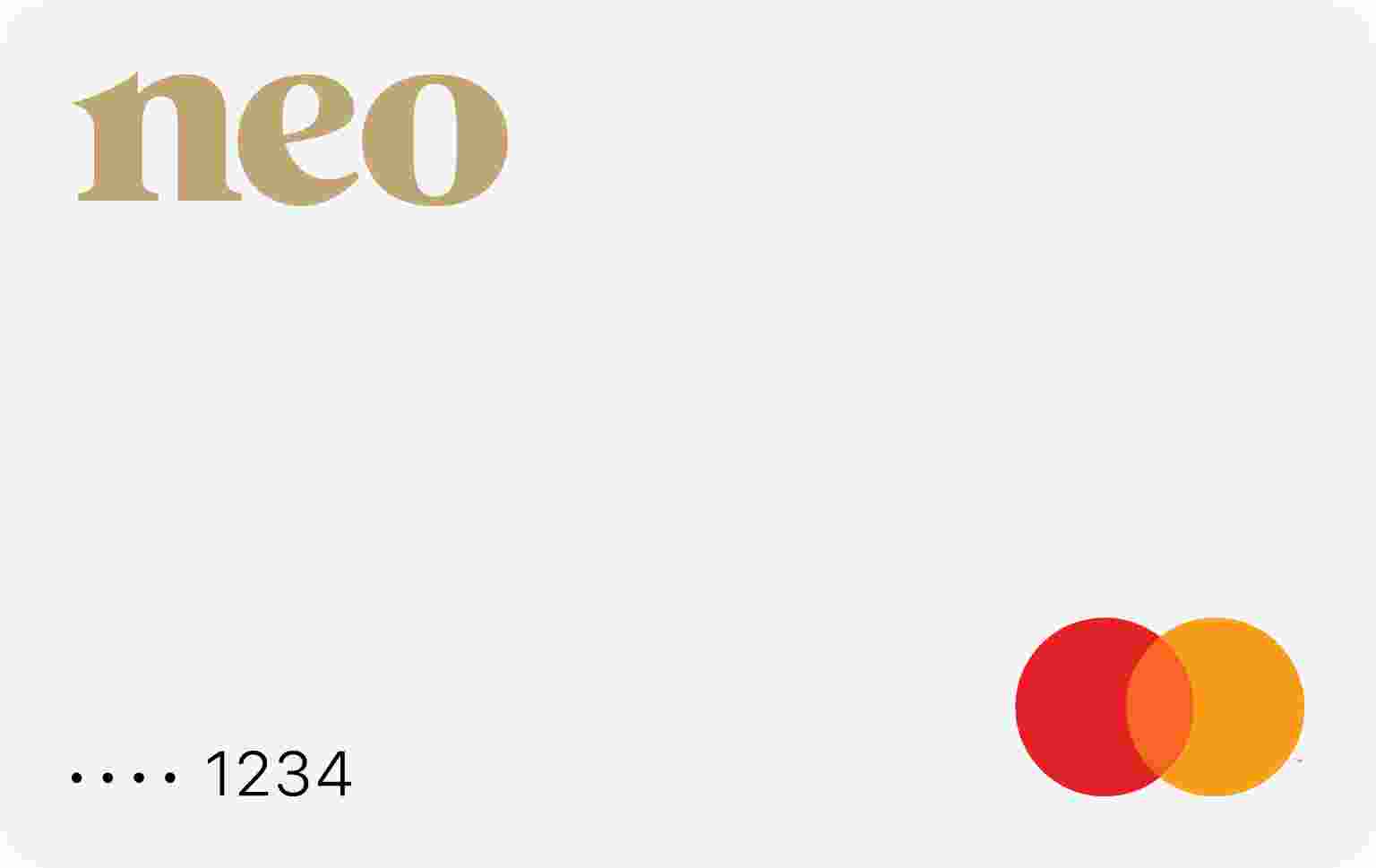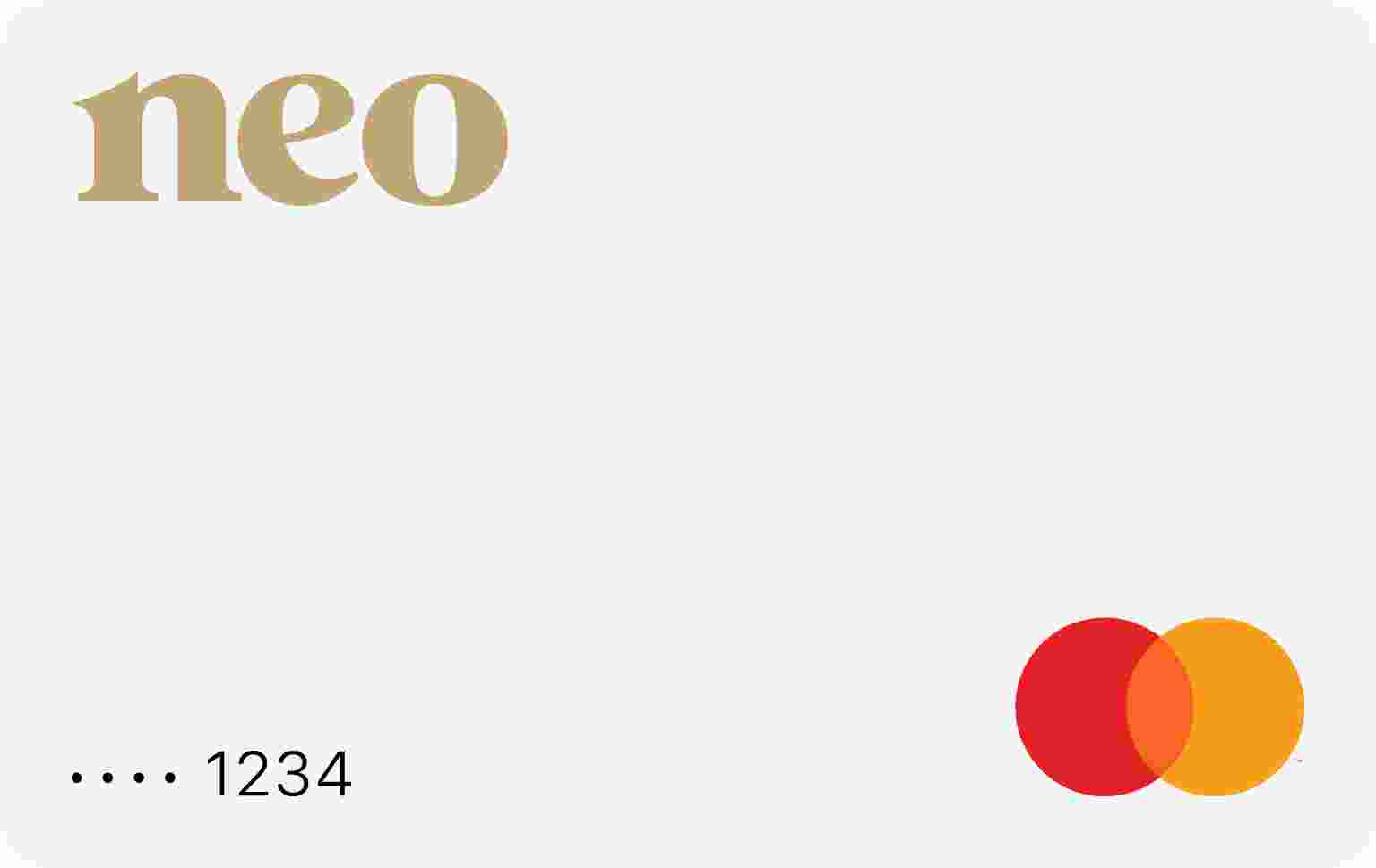If you want to upgrade your secured credit card to an unsecured card, you might wonder how long you need to use your secured credit card before this is allowed. The good news is there are no minimum or maximum limits for how long you can use a secured credit card. Instead, when you upgrade your card depends on how much your credit score and overall creditworthiness have improved.
In this article, we explore the basic requirements to upgrade from a secured to an unsecured credit card and how to build your credit to ensure your application is successful.
The Difference Between A Secured And Unsecured Credit Card
Before getting into specifics, let’s gain an overview of the difference between secured and unsecured credit cards:
- Secured credit cards: These cards require a cash deposit as collateral, which becomes your credit limit. This type of card is ideal for individuals with poor credit or no credit history.
- Unsecured credit cards: Unsecured credit cards don’t require a deposit, have a higher credit limit, and are available to individuals with a good credit score. Most standard credit cards are unsecured.
Secured credit cards help you get started when building a credit score from scratch, and if you demonstrate responsible financial behaviour and consistency, your creditworthiness will improve over time. Once your credit score improves, you may qualify for an unsecured credit card and can upgrade your secured card into an unsecured one.
Building Credit With A Secured Credit Card
Building credit takes time and patience. It’s important to remember that using a secured credit card alone won’t magically improve your credit score overnight. However, following a few key strategies can accelerate the credit-building process.
- Low credit utilization: Credit utilization refers to the percentage of credit you use each month. The ideal percentage is lower than 30% and shows lenders that you use credit responsibly. If your credit limit is $1000, you should aim to use under $300 each month.
- Consistent payment history: Your credit score improves when you pay your bills on time each month. Showing consistent behaviour is one of the main factors determining your creditworthiness.
- Credit history: The longer you’ve had your credit card and demonstrated reliable payment patterns, the more it counts towards your final score. For this reason, it may be helpful to keep your oldest credit card account open so it can contribute to your credit score.
Once you’ve reached a good credit score (usually anything above 580) and used your secured credit card for six to twelve months, you can start trying to upgrade your card.
Signs That You're Ready For An Unsecured Credit Card
Here’s the checklist to run through if you think it’s time to upgrade from a secured to an unsecured credit card:
- Your credit score has significantly improved.
- You’ve consistently made on-time payments.
- Your credit utilization is low.
- You’ve built a positive credit history.
If you’re certain you meet these requirements, it’s time for an upgrade.
Steps To Transition From A Secured To An Unsecured Credit Card
Once you’ve determined that you’re ready to upgrade to an unsecured credit card, follow these steps to ensure a smooth transition:
- 1. Research different unsecured credit card options: Compare credit card issuers and their offerings. Look for cards that align with your financial goals and offer competitive interest rates and rewards.
- 2. Contact your current card issuer: Contact your secured credit card issuer to inquire about their upgrade policy. Some issuers automatically review your account for an upgrade, while others require you to apply for a new credit card.
- 3. Apply for an unsecured credit card: If your current card issuer doesn’t offer an upgrade option, explore other options and apply for an unsecured credit card that suits your needs.
- 4. Close your secured credit card: Once you’ve been approved for an unsecured credit card, you can close your secured credit card or keep it open for credit history purposes.
It’s fairly straightforward to apply for an unsecured credit card or an upgrade from a secured card. Just remember that this will temporarily lower your credit score and launch a hard inquiry into your credit history.
Mistakes To Avoid When Applying For An Unsecured Credit Card
To ensure you have the best shot at getting your application approved, try to avoid these common mistakes:
- Applying for multiple credit cards at once: Multiple credit card applications within a short period can negatively impact your credit score. Aim for one card application at a time.
- Ignoring the fine print: Before applying for an unsecured credit card, read and understand the terms and conditions, including interest rates, fees, and any potential penalties.
- Closing your secured credit card too soon: Closing your secured credit card immediately after upgrading to an unsecured card can negatively affect your credit history. Consider keeping it open to maintain a longer credit history.
- Overspending: With a higher credit limit, it’s important to avoid the temptation to overspend. Stick to your budget and use credit responsibly.
If you followed these steps successfully or are about to start upgrading your secured credit card to an unsecured one, remember that your new credit card comes with increased responsibility. Aim to demonstrate the same level of financial prudence and reliability as with your secured credit card, and you will soon be well on your way to achieving your long-term financial goals!
